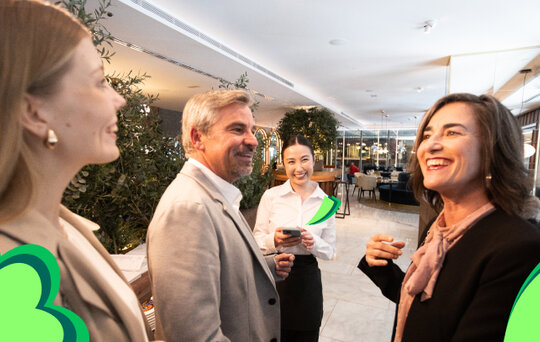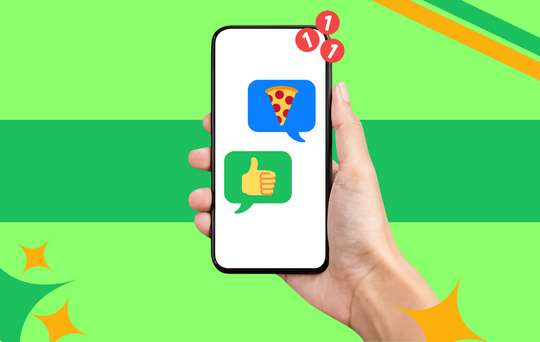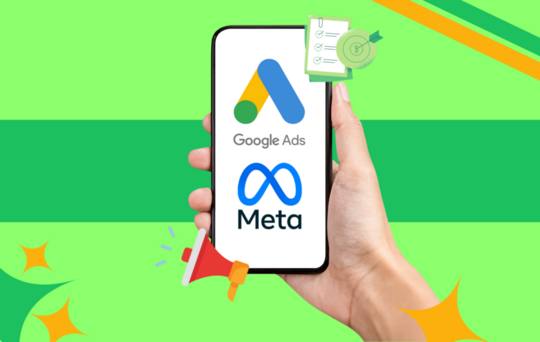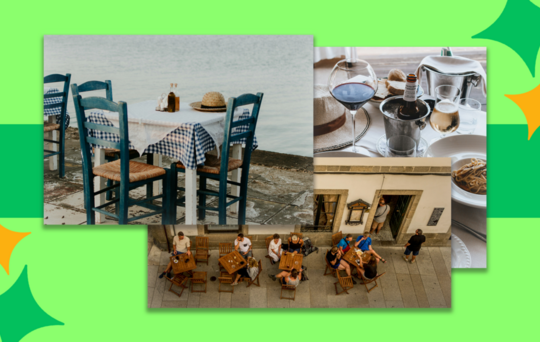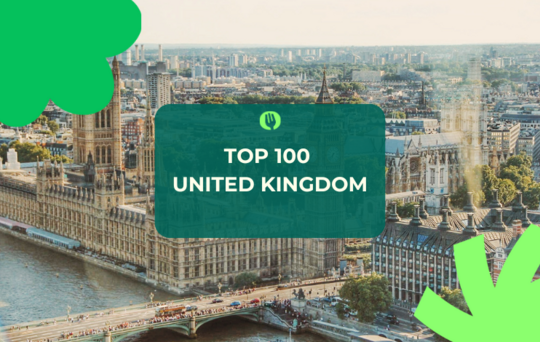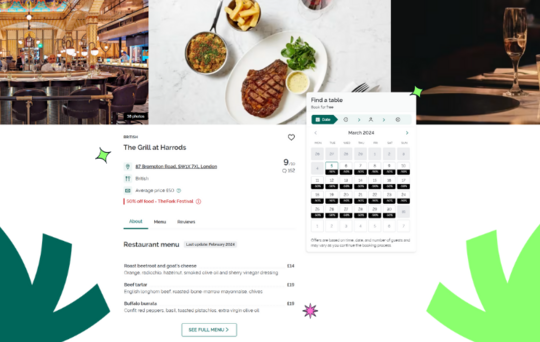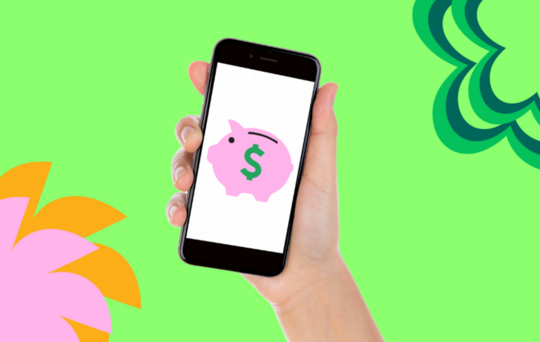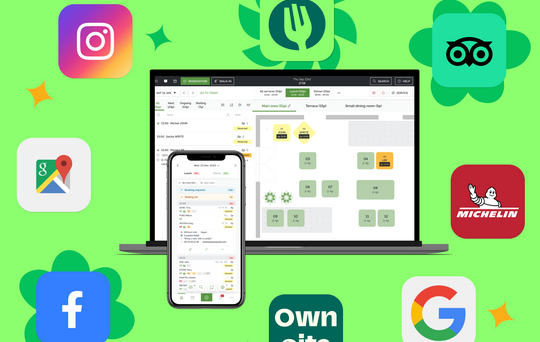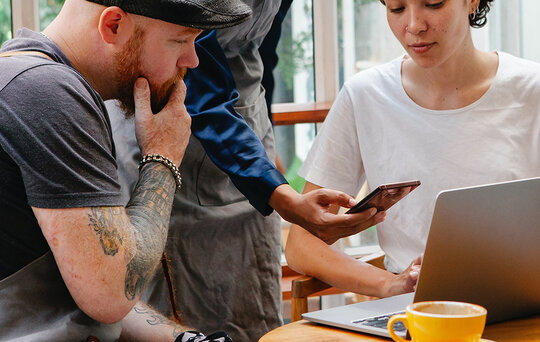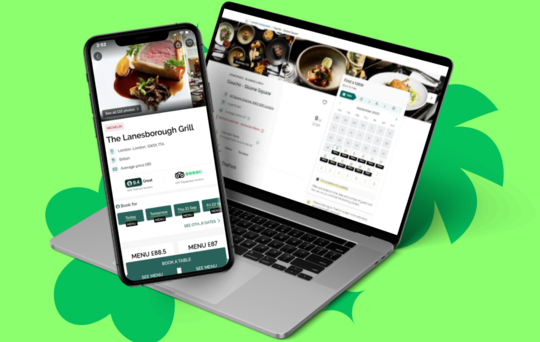How to promote your restaurant through an engaging email marketing strategy
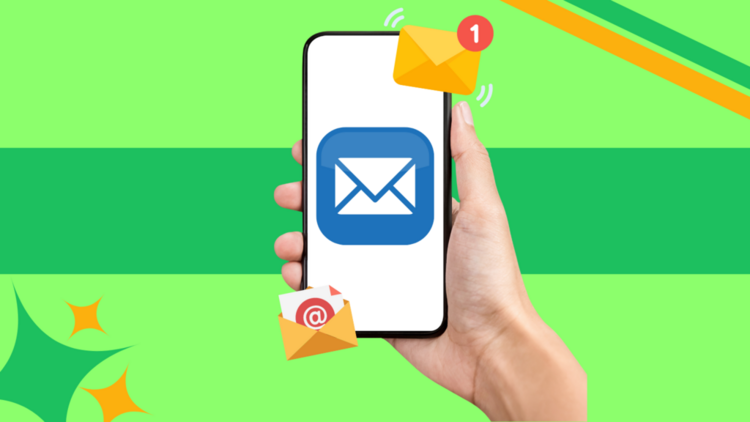
Email may be one of the oldest digital marketing channels, but it still plays a vital and often overlooked role in the worlds of hospitality and e-commerce.
According to email marketing agency Charle, out of the 4 billion active email users worldwide, 99% of consumers check their email inbox daily. This makes it a touchpoint that’s both hugely visible and profitable, with the DMA (Direct Marketing Association) estimating that marketers see an impressive ROI of £42 for every £1 spent.
As well as offering a chance to drive more bookings, emails are a great place to shout about your new dishes, exclusive events, and special promotions, helping you to build a brand identity for your restaurant and a sense of community among diners on your mailing list.
Find out how you can take full advantage of this powerful marketing channel with our tips and best practices.
1. How to build an email database
Sitting at the heart of a strong email strategy is a strong customer database. After all, your emails will only impact your bookings and revenue if they’re going to the right people.
There’s no quick fix to growing your marketing database. It takes time, but there are a few tactics you can deploy to encourage more current and future diners to join your mailing list.
Firstly, your website is a prime location to capture email addresses. You can add a pop-up box that appears when a user visits your website, place a banner at the top of the page, or a sign-up button on the main navigation bar. If you’re in the position to do so, you may want to tempt users with a discount or promotion that’s exclusive to people on your mailing list — we promise it’s worth it in the long run!
Social media is also a great place to grow your customer database. When posting a Story on Instagram, for example, you can share details about a new offer or event and add a clickable link for customers to sign up for your emails and find out more.
If you’re using TheFork’s restaurant management platform, your booking page and the embeddable widget will automatically feature a button that customers can toggle to opt-in to your email communications. This allows you to easily capture customer attention at the moment they’re most excited about your restaurant — when they’ve placed their booking.
But, your efforts to acquire email sign-ups shouldn’t just be limited to the online world. In your restaurant, you can take advantage of touchpoints such as QR codes on menus or Wi-fi login pages to add a communications opt-in button and attract happy diners.
2. How to craft engaging emails and newsletters
While almost all consumers check their email inboxes daily, most people won’t open — let alone read — every email. According to Hubspot, the average open rate for emails sent by businesses in the Restaurant & Food Services industry is 37%, meaning over half of these communications are left unopened.
The most crucial thing to start with is a compelling subject and preview line. Keep it short and snappy, highlighting why a reader should open your email, like mentioning a new offer, exclusive seasonal menu or special event. Try to express it in a way that will intrigue or amuse readers, such as by adding a pun, posing a question or even using an attention-grabbing emoji.
Many customer relationship platforms (CRMs) will let you personalise the introduction of your emails to feature the customer’s name and even include some of their specific interests, instead of just a generic greeting, which can also help you engage a reader from the offset.
Email is no longer a solely text-based medium, so take the opportunity to add enticing creative visuals that will keep your reader scrolling. Make sure they’re on-brand to keep the customer journey seamless and avoid confusion, but also check they’re optimised for both desktop and (especially) mobile.
Whatever the content of your email, be it a monthly newsletter or the announcement of a new venue, don’t forget to finish it with a clear call to action. In most cases, you’ll want this to be a link back to your booking page to capitalise on the attention of engaged users.
Try TheFork today
3. How to define your audience segments
Once you’ve nailed the basics of email marketing, you can explore more advanced tactics — such as segmentation.
By segmenting your database, you can tailor the messaging in your emails for specific groups so they’ll be more likely to resonate.
For example, you can segment your customer database into groups of new diners versus repeat diners, based on your booking data. Once segmented, you can tailor specialised messages to these different audience groups.
To take things one step further, you can use TheFork’s segmentation capabilities to group customers together based on their number of visits to your restaurant. You can create a tiered system where customers are categorised as ‘Bronze’, ‘Silver’, or ‘Gold’ diners based on the number of visits they’ve made, which you can customise yourself.
You can then use this data to give your Gold-ranked regulars extra special offers or early access to events to help foster further loyalty, while you grow your relationships with newer customers.
4. How to A/B test your messaging
Another advanced technique you can use to level up your email marketing strategy is A/B testing your emails to learn what makes the biggest impact with your customers. This involves sending two different versions of the same email to different audiences to test which performs best or drives the most bookings.
The key is to test only one element of an email at a time so you know exactly what is affecting user engagement. You can test creative elements such as subject lines or imagery to see which is the most eye-catching, but you can also compare the performance of emails featuring different dishes or offers to discover what will engage your customer base the most.
When you’re A/B testing, look at metrics such as open rate and click-through rate alongside bookings, to assess the performance of your different variants. As well as influencing and optimising your email strategy, you may be able to use some of these learnings across other aspects of your marketing.
5. How to set up automated email flows
An email flow is an automated sequence of emails that you can trigger to be sent when a new user signs up for your mailing list.
Set up an initial welcome email — including any promotional offer you may have promised — and follow this up with a few more emails to send over the following weeks or months, depending on your marketing strategy. These following emails could spotlight seasonal dishes, introduce customers to your chefs, or promote your brunch deals.
Once you’ve set this up, you can focus on driving email sign-ups safe in the knowledge that everyone who joins your mailing list will receive a warm welcome that nurtures customer loyalty.
To discover more tips for marketing your restaurant, bar, hotel (or food van!) check out our guide to making the most of TikTok.

